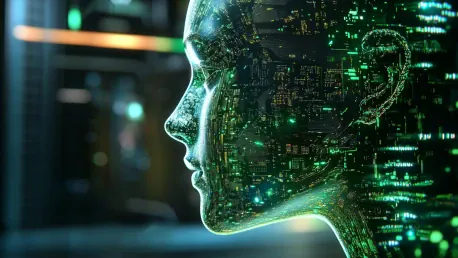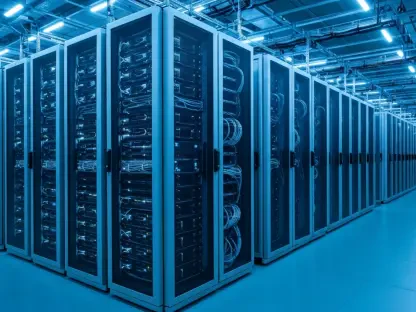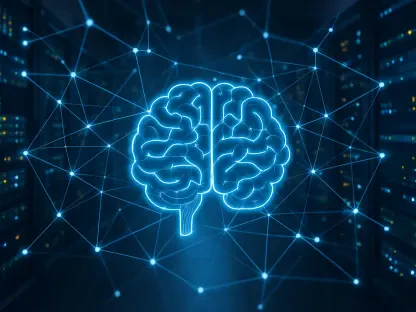Artificial intelligence is revolutionizing industries, and with rapid advancements, its impact is only set to grow. According to recent estimates, by 2028 AI could contribute nearly $15.7 trillion to the global economy, significantly transforming various sectors. But how will these AI advancements affect daily life and industry?
Nvidia’s GTC 2023 Conference, held in San Jose, California, showcased groundbreaking innovations in artificial intelligence (AI) and their potential to revolutionize communication, robotics, and network infrastructure. As Nvidia CEO Jensen Huang discussed, these technological advancements are not merely theoretical but have practical implications that industries can harness. Let’s delve into the key takeaways and their significance.
AI has become integral to modern technology, from predicting customer behavior to optimizing logistics. Audiences at GTC 2023 expressed interest and concern about how AI advancements could reshape industries, emphasizing efficiency, scalability, and implementation. Nvidia’s showcased technologies promise to address these needs, making their developments crucial for future progress.
One groundbreaking area of AI presented was in communications. Nvidia’s CEO, Jensen Huang, visualized a future where AI, combined with accelerated computing, enhances communication technologies. Huang explained how AI could better adapt radio signals and Multiple-Input Multiple-Output (MIMO) systems to fluctuating environments and traffic conditions. Partnerships with entities like T-Mobile and Cisco aim to create AI-native hardware and software for 6G, heralding a new era in telecommunications.
The concept of AI Factories was another highlight. These specialized data centers focus solely on running AI workloads, generating AI tokens to produce various forms of information. Nvidia predicts a massive surge in compute demand, with an estimated capital expenditure of $1 trillion on global data centers within the next three years. Innovations such as Nvidia Dynamo, Omniverse Blueprint, and Spectrum-X Photonics were introduced to support the development of these AI Factories, ensuring they can handle the growing AI needs efficiently.
In the telecom sector, Nvidia is developing large telco models (LTMs) to automate network operations. SoftBank and Tech Mahindra are among the companies adopting these AI solutions, which promise increased operational efficiency and improved performance. Despite some skepticism about AI implementations, Nvidia’s commitment to overcoming challenges and addressing security concerns suggests a promising future for telecom networks.
Another notable theme was physical AI, focusing on robotics and autonomous systems. Nvidia’s advancements in humanoid robotics, such as Isaac GROOT N1 and Newton, were showcased live, demonstrating their potential to address labor shortages and integrate seamlessly into human environments. This focus on physical AI underscores its potential to transform industries like manufacturing and services.
Industry experts offered varying opinions on these developments. Quotes from experts and live demos from the conference provided real-world insights, validating the innovations discussed. Conference attendees shared firsthand experiences, adding a personal touch to the data-driven discussions.
Practical implications for integrating AI innovations into businesses were also discussed. Stakeholders were presented with actionable steps, such as adopting strategic frameworks to harness these advancements. The future of Nvidia’s technologies appears broad, with applications across multiple sectors encouraging enterprises to consider their potential impact.
Nvidia’s GTC 2023 Conference highlighted AI’s transformational potential in various technological spheres. From enhanced communication networks and AI-native hardware developments for 6G to pioneering AI factories and physical AI, the innovations presented set the stage for significant industry advancements. Conclusively, the conference underscored the necessity of AI for future technological progress, addressing efficiency, scalability, and practical implementation. Nvidia’s strategic partnerships and technological innovations are poised to drive these advancements, promising a transformative impact on telecommunications, robotics, and beyond. As these developments unfold, industries must embrace AI-driven changes to stay ahead in an increasingly AI-integrated world.









